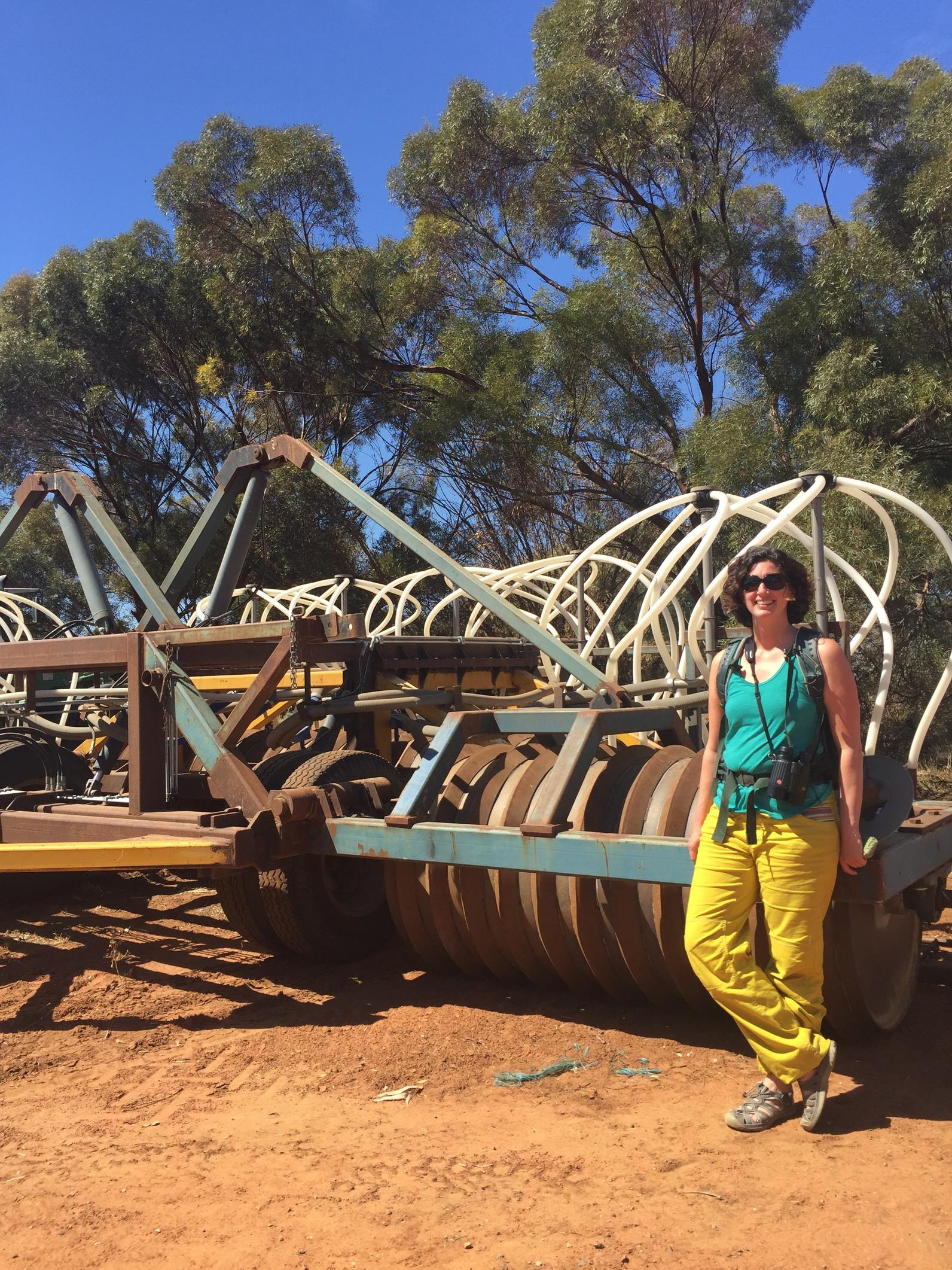Last month, Working Lands Project Manager, Khara Strum, spent time in southeast Australia attending the International Temperate Rice Conference to learn about rice production in Australia, share the work Audubon CA does with partners to support birds in rice in California and talk about opportunities for enhancing rice fields in Australia for birds. Audubon collaborates with the California Rice Commission, farmers, the USDA Natural Resources Conservation Service and non-profit partners, The Nature Conservancy and Point Blue Conservation Science to enhance California’s rice fields for birds and other wildlife. The success of our partnership and related program, the Waterbird Habitat Enhancement Regional Conservation Partnership Program is known internationally and Khara was invited to speak on behalf of the program to the rice-growing community of Australia.

At first glance, Australian rice fields look like California rice fields and you might not realize you had crossed the Pacific Ocean, except that you just spent 14 hours on a plane. Upon closer inspection (and as the jet-lag wears off), you start to see some differences. White-faced ibis and black-necked stilts give way to Australasian species like Australian white ibis and black-winged stilt. The American bittern, a secretive, yet relatively common waterbird that nests in rice fields in California is replaced with the globally endangered (IUCN) Australasian bittern. Our colleagues down under are learning about the Australasian bittern to help this species survive by tracking bittern movements and compiling bittern-friendly practices to ensure a sufficient period of flooding in rice for successful nesting.

Like California, the acres of rice grown in Australia change with water availability, however, in any given year, California grows more rice than our Australian counterparts. Australia does not have the equivalent to California’s Sierra Nevada snowpack and subsequently does not have the same water storage capacity. Further, the environmental benefits of rice are well known in the US, where stakeholders unite to ensure water is delivered to rice in support of the birds and people that depend on it. Rice is important to birds and people in Australia too, and momentum is gaining around the multiple-benefits of rice from the data collected by Bitterns in Rice partners.
Despite the differences, Australia and the US are both leaders in rice production. Australia leads the world in water use efficiency in rice production and in California, we have one of the most successful partnerships between industry and conservation groups that serves as an example for rice-growing regions worldwide. A new type of water-saving practice may have negative impacts on Australasian bittern nesting and we hope a balance between the environmental and water-saving benefits is found. There is lots to be learned from working with our friends down under and I hope our collaboration continues.




